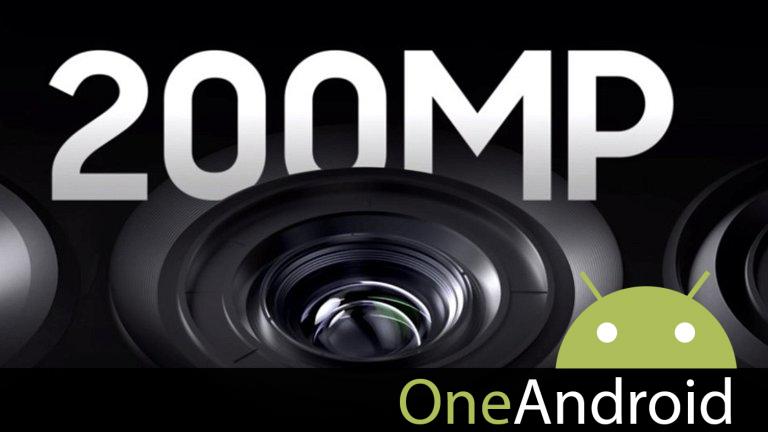We explain in detail the reasons we think the 200MP sensors will be here and other reasons why we think they won’t.

Android móvil cameras haven’t changed much in recent years, increase their number and quality. A good proof of this is that until recently there were no 100 megapixel photo sensors and now two of the largest mobile phone brands in the world, Samsung and Xiaomi, are already working on it to integrate a new 200 megapixel sensor in its future flagships.
There are currently only two manufacturers that have developed 200-megapixel sensors: Omnivision with the recent announcement OVB0A and Samsung itself with that Isocell HP1 and Isocell HP3.
With that in mind, like me, you must be surprised whether or not 200-megapixel sensors are in the future and that is why we come today to give to you 3 reasons to believe it will be this way and 3 more reasons to think otherwise.
3 reasons to think 200MP sensors are here to stay
The first reason to believe that 200 megapixel cameras are the future is that brands are always trying to improve the photo quality of their terminals and the higher resolution of their main camera. Photos and vídeos taken with it will be of better quality.
Second, and related to the above, higher resolutions require more bandwidth to get the data to the móvil inteligente processor and this perro be exploited to achieve this lower resolutions at higher frame rates. For example, the Omnivision OVB0A sensor cánido take pictures of it 200 MP at 8 fps, 50 MP at 30 fps or 12.5 MP at 120 fps using pixel binning.
Another reason that makes us think 200MP cameras are here to stay is that they come with technology from Pixel binningThis allows the sensors to capture and reach more light sharper photos with less noise, even in low light.
3 reasons to think 200MP cameras have no future
The main reason that leads us to believe that 200-megapixel sensors have no future is that despite their high resolution its pixel size is relatively small.
Photographic sensors typically genera small pixels noisy images with poor dynamic range and while pixel binning helps disminuye these effects, a larger pixel still produces better results than a smaller one. This means that a native pixel is 2.24 µm More and more light will come than a 2.24 µm pixel box.
Second, it’s far from clear that the lenses attached to the sensors are capable of this Focus the light sharply enough to resolve 200MP in such a small area.
Finally, we don’t think the 200MP sensors will last because of this resolution it’s even redundant for recording 8K quality vídeobecause it only requires 33 MP and, moreover, you do not notice the difference between the photos taken with a camera 108 megabytes and those captured with these new cameras 200 megapixels.
